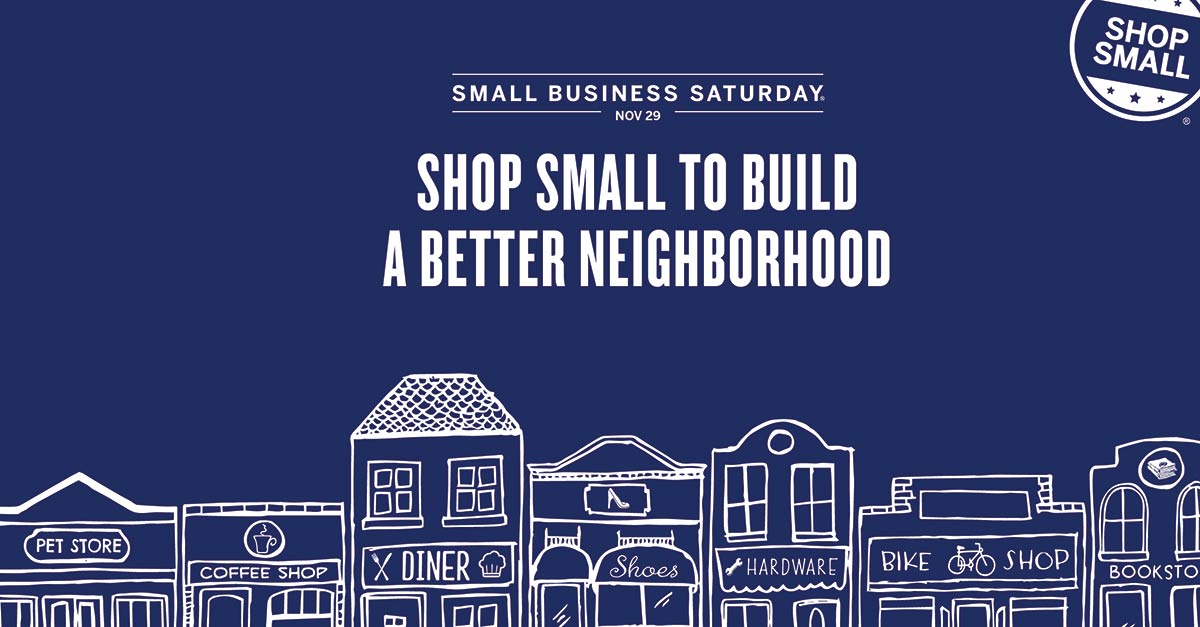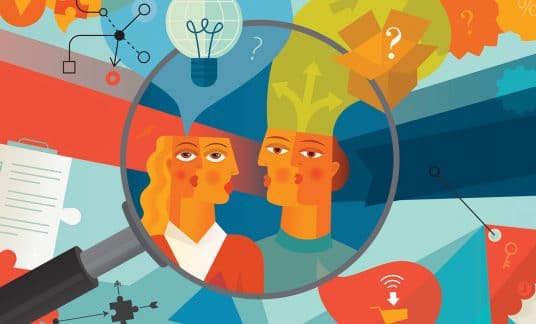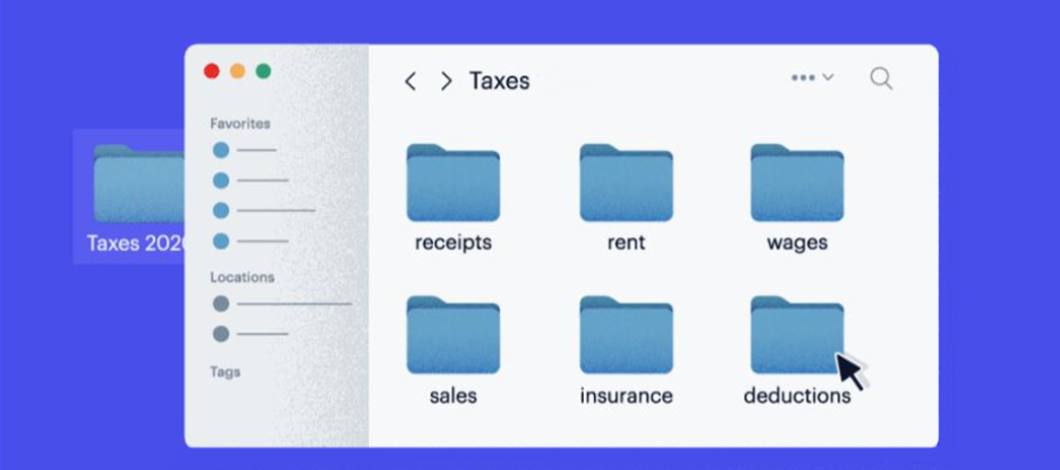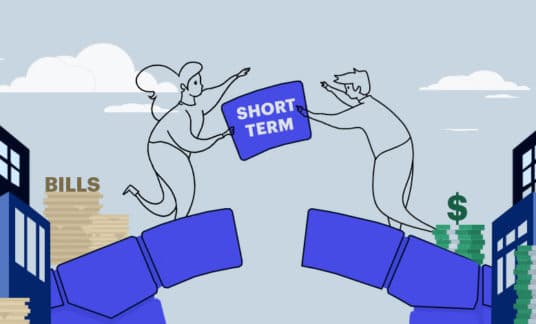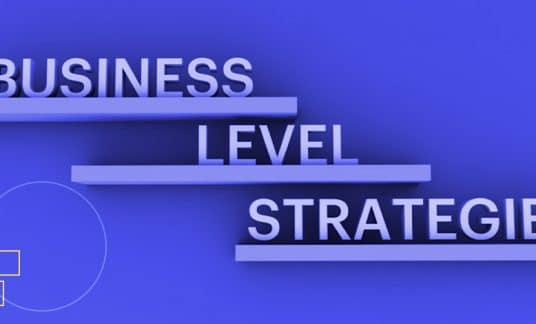Experiential marketing, by definition, is a branded experience designed to excite and engage consumers through live events. Where traditional marketing sells by pointing out benefits and features, experiential marketing creates a closer bond between consumers and brands by immersing them in a fun and memorable experience.
But just what is experiential marketing and how does it work? We’ll take a deeper look at why experiential marketing is beneficial, talk about how it makes a lasting impact and examine some successful experiential marketing events so you can learn how to create your experiential marketing strategy.
Why Is Experiential Marketing So Powerful?
Experiential marketing is a needed consideration for any brand looking to form a lasting impression while fostering brand loyalty. The importance of experiential marketing events is now proven by the consumer. About 74% say engaging in brand events makes them more likely to buy the product or service being promoted.
The clear return on experiential marketing investment here is difficult to ignore, but there are additional benefits:
1. Personalized Engagement
Consumers want to feel a real human connection with your brand. In fact, 84% of consumers say being treated like a person, not a number, is very important to winning their business, according to Salesforce. There’s perhaps a no better way to treat consumers like people than to immerse them in an exhilarating experience. Consumers want to feel how your brand elevates and enhances their lives.
2. Stronger Connection Between Product and Emotion
Customers want to understand your product’s or service’s features and benefits, but the driving force behind a purchase is often how a product or service makes consumers feel. Effective experiential marketing will amplify emotion. Create a branded experience that is fun, comfortable and positive, and that is how your brand will be remembered.
3. Creation of a Positive Touchpoint
The more positive touchpoints—customer interactions with your brand—your business has, the better. And the more connected those touchpoints, the more powerful and compelling they become. By incorporating experiential marketing into your marketing mix, you’ve cracked the code on a cohesive strategy key to winning brand loyalty. About 70% of consumers say connected processes are important to winning their business.
4. Social Virility
People love capturing their experiences with video and sharing them on social media. A Cisco’s 2018 Visual Networking Index report projected that video traffic will make up 82% of all web traffic by 2022. Social media shares only work, however, with good content. Using an experiential marketing strategy to position your brand at the center of a positive experience is a win when it comes to enticing consumers to share their experiences. Doing so can help you gain further brand recognition across social platforms.
Experiential Marketing Examples
The financial services industry offers many types of buzz-worthy experiential campaigns to explore. Take note of how these brands leverage experiential marketing tactics to create a bond with their consumers.
American Express Small Business Saturday
What started as an event to help small businesses still grappling with a recession after the 2008 economic collapse has become a regular part of the holiday shopping calendar — sandwiched between Black Friday and Cyber Monday.
American Express, which offers an array of personal and business credit cards, had the first Small Business Saturday on Nov. 27, 2010, encouraging consumers to patronize locally owned small businesses.
The event gained support from communities as well as the highest seats of power in the U.S. government. In 2011, the U.S. Senate passed a resolution in support of Small Business Saturday, and then-President Barack Obama also participated in the day by shopping at a Washington, D.C. bookstore with his daughters.
Businesses and customers can publicize the event, and any associated deals or activities, via social media with the hashtags #ShopSmall, #ShopSmallSaturday or #SmallBusinessSaturday. Also, if your business accepts American Express as payment, you can be included on the company’s online interactive map for shoppers.
American Express’ Shop Small campaign’s scope expanded after the COVID-19 outbreak in the U.S. in 2020. The company is prompting consumers to order takeout from local restaurants instead of chain eateries.
Like its Small Business Saturday promotion, American Express has an interactive online map that features local restaurants that accept American Express credit cards.
Chase Madison Square Garden Lounge
Credit card companies offer various perks to entice customers, such as cash back or travel miles, but Chase sweetens the deal with access to its Madison Square Garden Lounge*.
The space is specifically “created for our loyal Chase customers,” according to the company, cardholders can register for access to the lounge at the midtown Manhattan arena before certain concerts. The lounge experience also includes some free food and drinks.
*Madison Square Garden events have been canceled and postponed in 2021 due to the COVID-19 outbreak.
Netflix’s Pop-Up Luke’s Diners
As one of its experiential marketing events before the streaming service debuted the limited series, “Gilmore Girls: A Year in the Life” in 2016, Netflix had about 200 Luke’s Diners “pop-up” throughout the U.S. Each Luke’s Diner, which the titular “Gilmore Girls” characters frequented daily in the original show, served free coffee to fans.
The brand events drew massive amounts of fans, many of whom took photos and videos, shared their experiences on social media and attracted attention from local and national press.
Red Bull’s Stratos Jump
Red Bull leaned in—hard—to its extreme sports coverage by livestreaming a record-breaking skydive. As part of its Stratos marketing campaign in 2012, Red Bull partnered with Austrian skydiver Felix Baumgartner, who jumped to the earth from 128,000 feet above in the stratosphere. The jump garnered more than 8 million viewers—the highest ever at that time for any live event on YouTube.
In addition to earning a place in the record books, the experiential marketing campaign’s success is also owed to Red Bull giving people the shared, virtual experience of witnessing a historic event.
Refinery29’s 29Rooms
Lifestyle and entertainment website Refinery29 has hosted the annual 29Rooms in several U.S. cities, including New York, Chicago, Los Angeles and Washington, D.C. In a brand event, Refinery29 teamed with consumer brands, artists, nonprofits and other organizations, with each participant curating an installation space housed under a domed tent. Billed as an immersive encounter, attendees could create their own art and view various performances. The guests were also encouraged to take photos and videos during this experiential marketing event, making it extremely social media-friendly. The event collectively attracted about 20,000 visitors annually and has garnered favorable coverage from bloggers and other national and local media outlets.
#TDThanksYou
TD Bank’s annual customer appreciation campaign #TDThanksYou utilizes various events and activities to engage with their customers and larger communities.
In 2014, the bank chain deployed a different kind of ATM, an Automated Thanking Machine, that shared messages of gratitude with customers who used the machine. An edited video of customers’ reactions received more than 19 million YouTube views in a year and also won a Shorty Award.
Then, in 2018, TD Bank employees nominated people in their communities as hometown heroes. Winners were featured on various social media platforms, and TD Bank provided funding for each hero’s mission.
What Is the Advantage of Experiential Marketing Events?
Experiential marketing leaves a lasting impact for brands who embrace the experience as an opportunity to form real, meaningful relationships with consumers. Some of the most significant advantages of incorporating these creative marketing events into your overall marketing mix include:
1. Experiential Marketing is Effective and Measurable
Using only experiential marketing, your brand has the power to generate awareness, engage, inform, create interest, encourage trial, promote consideration and prompt purchase—moving a consumer the entire way through the sales funnel. That’s why 31% of marketers believe that event marketing is the single most effective channel, above content, email, social media and traditional, according to the CMO Council and Exhibit & Event Marketers Association.
2. Experiential Marketing Complements Content Marketing, Social Media and PR
About 98% of consumers create digital or social content at events and experiences, and 100% of those attendees share that content, according to EventTrack research. When you consider the nature of creating experiences, you can see how media attention can be earned. Experiences can also be leveraged for content marketing, everything from social media posts to filming your promotional video promo on-site.
3. Experiential Marketing Captures Attention in a Memorable Way
In today’s age of information overload, experiences prove to be the best way to cut through the noise and the clutter. When done right, experiential marketing creates a lasting memory—not just an impression—that will be recalled, and more importantly felt, for years whenever a participant sees or hears your brand name.




